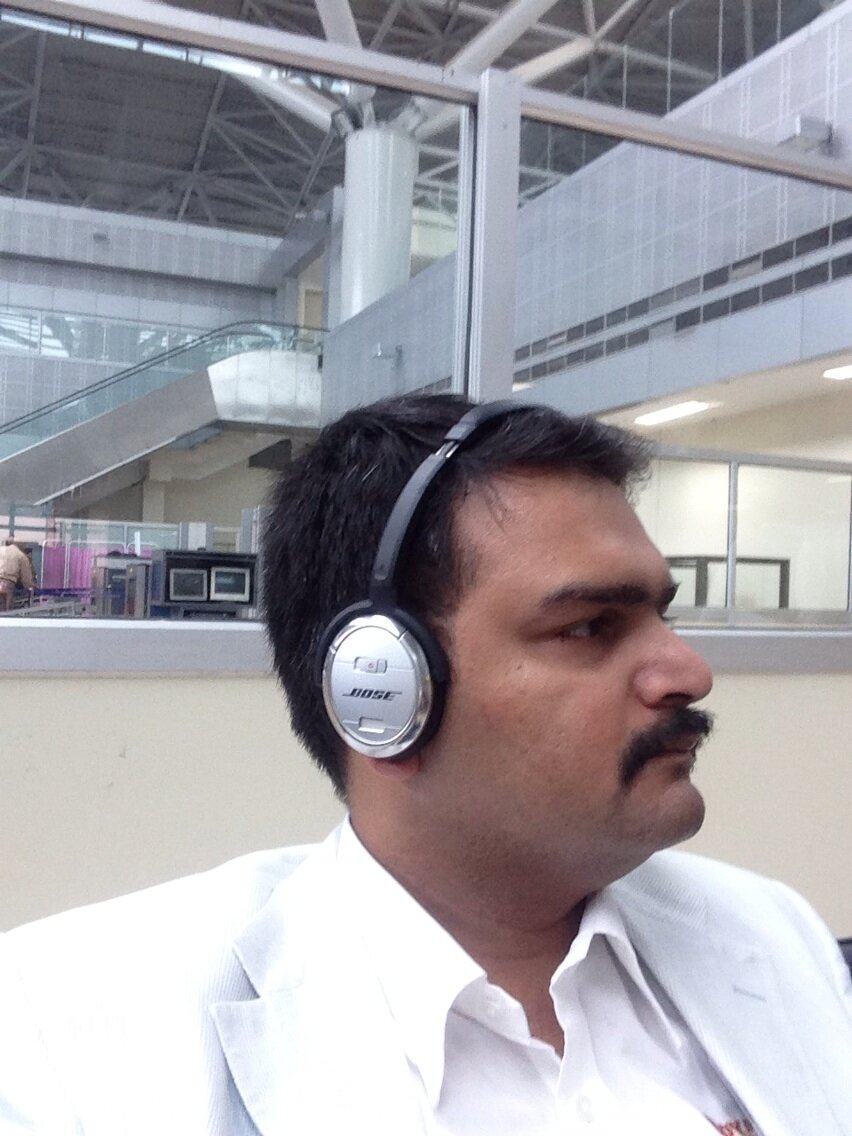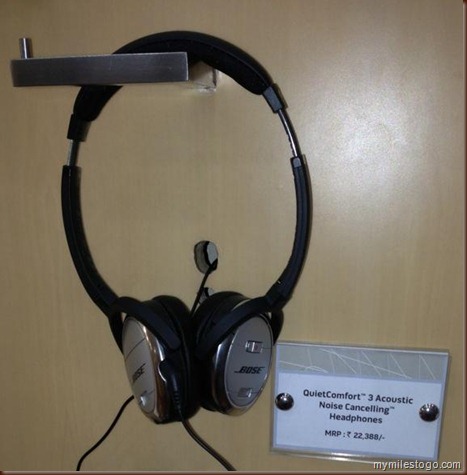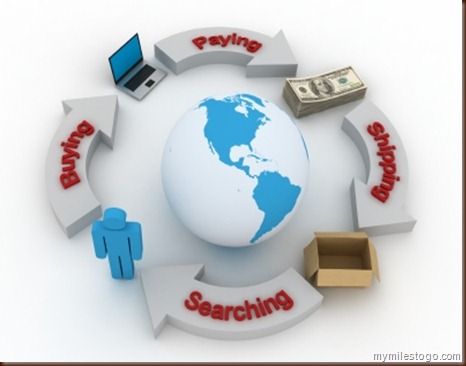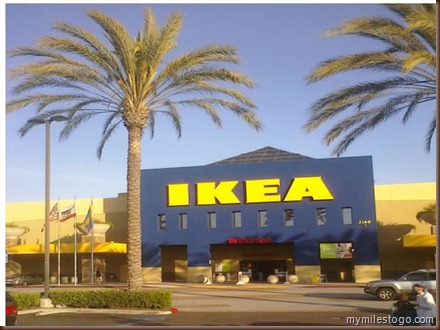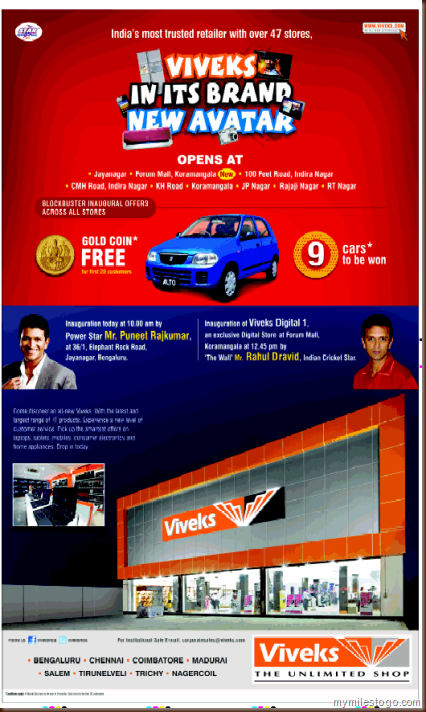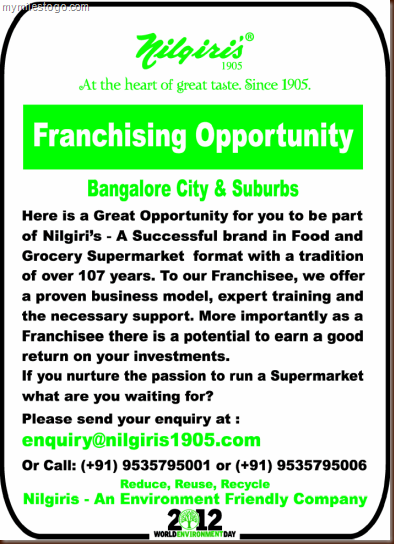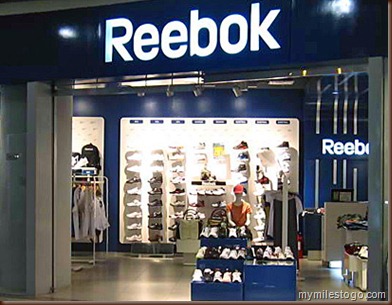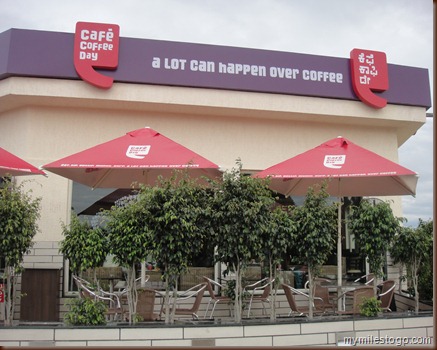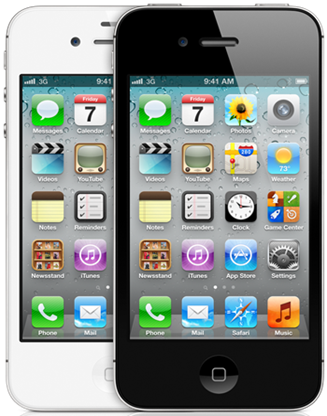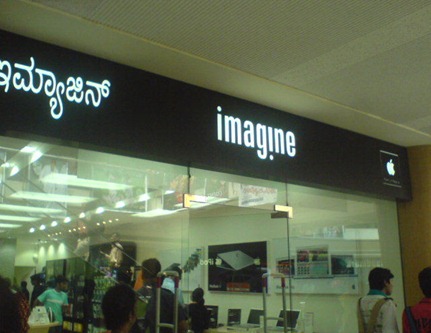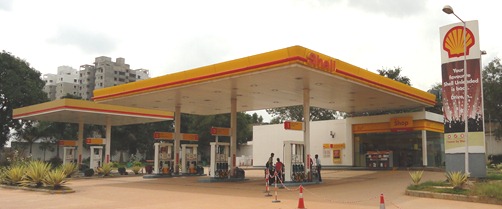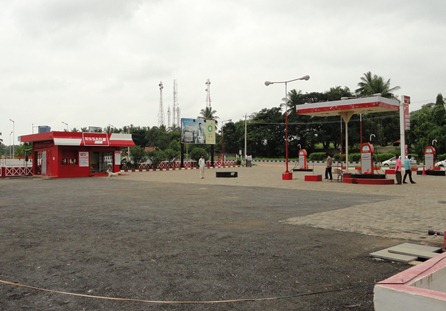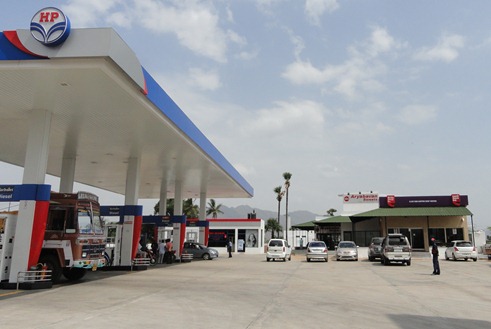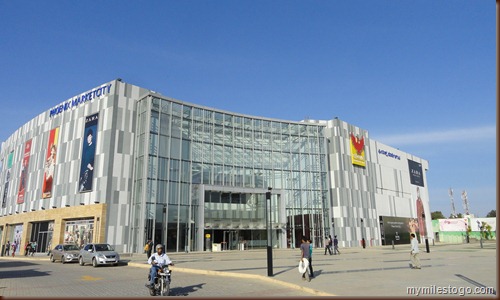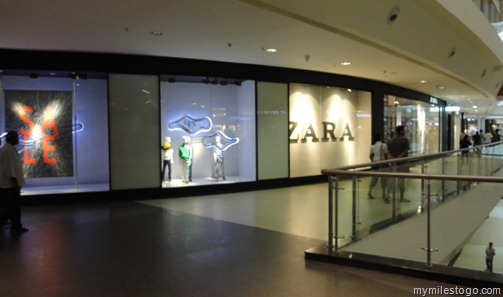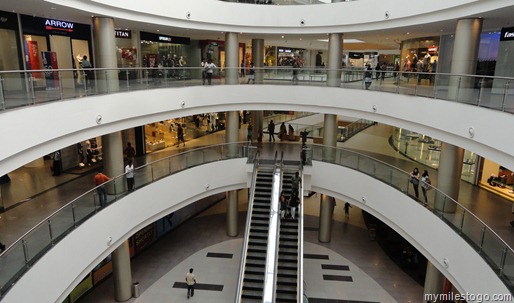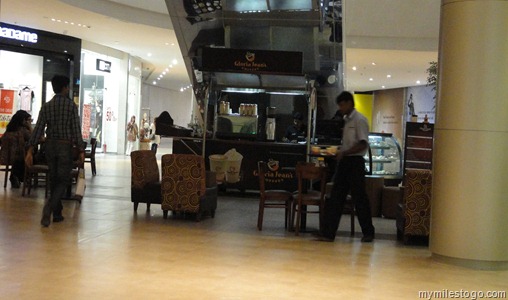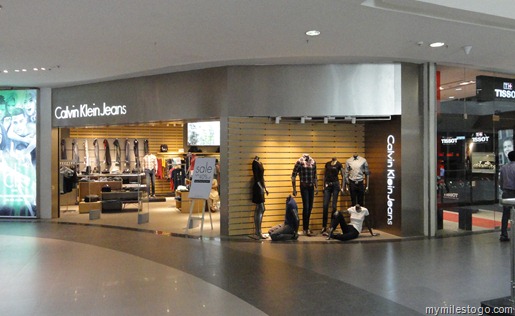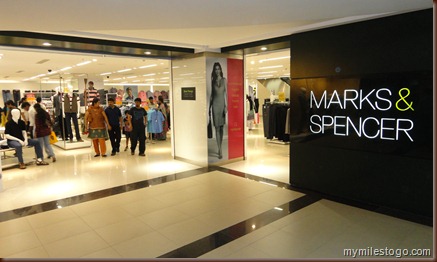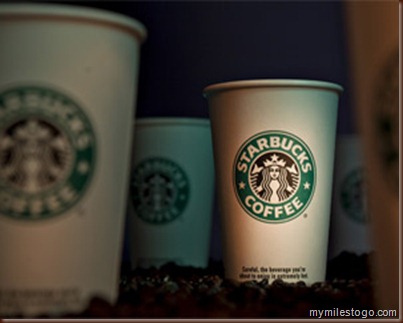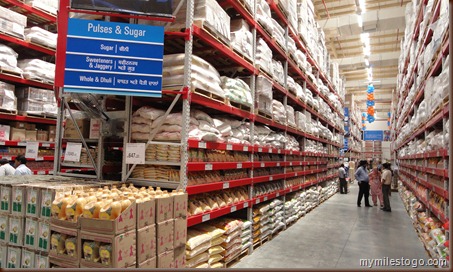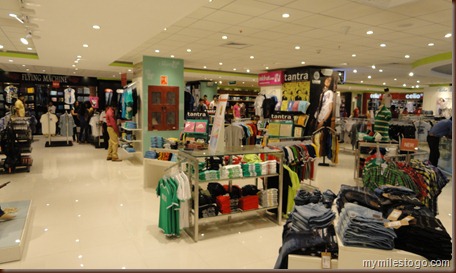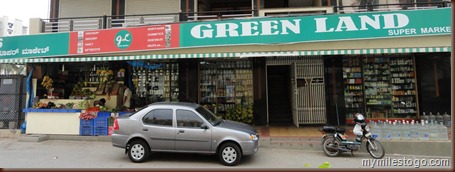A couple of days back, I had a meeting in the city (Chennai, where I live three days a week when I ain’t travelling!). The host was willing to meet anywhere and after a lot of careful thought, I fixed it at Ispahani Centre at Nungambakkam, assuming it would take me an hour from the Royal Enfield factory/office in Thiruvottiyur to drive down to. As planned , I reached on time and we met at a café and spoke for an hour about business prospects. The location is not actually a Mall but a kind of community centre that was built almost 15 years ago, one of its kind to come up in the city. Many Retailers and brands such as Mr. Kishore Biyani’s The Future Group, Gaitonde, Florsheim, to name a few, put up a shop or two here and vacated sooner than later for various reasons – some for lack of relevant footfalls and some for high cost of operating. Whereas Café Coffee Day, India’s largest coffee retail chain has been operating here for over 14 years now; ditto for Marrybrown, a concept similar to KFC that serves Burgers and the like with specialty fried chicken on the menu. I finished the meeting on time in an hour and was heading out when I noticed another iconic brand which has quietly been operating here for well over 10 years. It used to be perceived as one of the most expensive brands till until recently they have started making products that are affordable even to the aspiring middle class lot like me. Their “sound” is probably one of the best although there are many more premium sound systems in the world. And the brand I am referring to is non other than “Bose”.
How many of you there knew that the name of the brand is also the surname of an Indian! Yes, indeed. Bose Corporation was founded in 1964 by Dr. Amar G. Bose, professor of electrical engineering at the Massachusetts Institute of Technology. His graduate research at MIT led to the development of new, patented technologies, and at MIT's encouragement, he founded his own company based on those patents. Bose Corporation established itself by introducing the 901® Direct/Reflecting® speaker system in 1968. With this introduction, Bose achieved international acclaim by setting a new industry standard for lifelike sound reproduction. The list of major technologies emerging from Bose continues to grow. Award-winning products such as Lifestyle® home theatre systems and the Wave® Radio/CD have reshaped conventional thinking about the relationship between an audio system’s size and complexity, and the quality of sound it produces. To know more about the company and its products, click here.
Coming back to the incident, I walked in to the store to find about about the Bose Soundlink™ Air which they have been advertising quite a bit these days. This product seems to connect using wifi with any apple device such as an iPod, iPhone or an iPad. So, I got into the topic directly with the sales staff who came across to be affable and knowledgeable about what he was speaking – a rarity these days especially in the Electronics Retail business. He explained about the product, gave a demo with my own iPhone 5 and was patient to showcase other models as well. At the end of it, I was a bit disappointed as the product was not a complete package. It didn’t have built in Bluetooth™ to connect other devices and the Bass effect was minimal. I explored a couple of other models but none of them suited my requirements. And so, I thanked him for his efforts and efficient demonstrations and started to move out when I noticed the headphones display. I already use a noise-cancellation Apple earphone on my iPod which I have been using continuously over the past few months. It’s a welcome relief since the external noise, especially that of an aircraft is almost unheard while in use. Ofcourse, it has its own disadvantage. One that it gets less white as the days pass by and the other is that since it locks itself inside the ear, at times it aches a bit.
The guy at the Bose store explained that the Brand has a special technology by which all mechanical sounds – any noise produced by an electronic / mechanical machine will be cut off once the head phones are switched on. I played “Comfortably Numb” by Pink Floyd from the demo iPod which they had and… Whoa! This was one of the best inventions that I had discovered. At Rs. 22,000 (USD 420), it wasn’t cheap either but I was too tempted to buy. After all, I have been longing for a great headphone for quite some years now. In my office job, I need to travel 3-4 days a week, usually 2 or 3 flights for over 2 hours each and road journeys of over 300-500km a day. And what better than hearing some soothing music all along.
The entire conversation with the guy at the Bose store lasted for over 30 minutes or so and he never once prodded me to “buy” their product directly – subtle inferences such as “When do you plan to buy this Sir?” “Take your time to decide because it is a worthy investment” “Apple devices are best heard on a Bose” to name a few. I was willing to wait and ask my wife to bring it along from London when she returns in sometime but the thought of owning a piece of marvel, a piece of history was too much for me to hold on to. Bingo – in the next few moments, I was having one on my hand for demo – billing done in less than 4 minutes flat. I have always been an impulsive shopper when it comes to technology albeit after a lot of thought and research & this wasn’t any different.
What hit me was the way the guy at the Bose store handled the Sale. He didn’t sell the product, not even the experience, but just like how a real staff of Apple provides you a solution – that’s what he did. I was walking back with a gleaming smile on my face, happy about my purchase. And that set me thinking.. If only retail staff were to stop selling and start providing solutions to customers… As the flute music of Pandit Haripraad Chaurasia reverberates on my ears through a Bose Quiet Comfort 3 as I write this column. Bliss.
